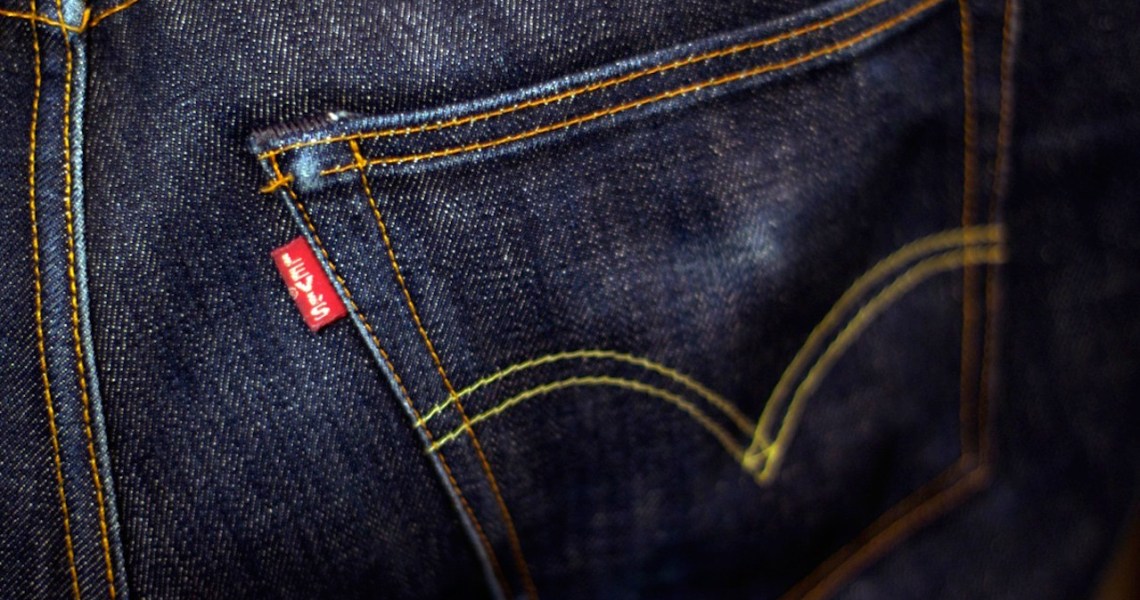In Levi’s second-quarter earnings call last week, brand CEO Chip Bergh revealed that the company’s loyalty program has seen significant growth. It now has 26 million members, a 40% increase over 2022.
“Loyalty member transactions and average transaction values grew across all segments, a positive signal as we drive continued growth in membership,” Bergh said on the call. “Overall, our digital and e-commerce businesses remain under-penetrated versus peers, and the channel represents a tremendous sales and profit opportunity for the company.”
As customer acquisition costs continue to rise, fashion brands are doing everything they can to make the most of their existing customers. Brands like Levi’s are increasingly relying on loyalty program refreshes and relaunches, providing new perks and pushing those programs in marketing to bring in more members.
For example, in March, Levi’s partnered with the hip-hop music festival Rolling Loud as a sponsor, offering members of its Red Tab loyalty program a chance to upgrade their festival tickets to VIP passes. Over time, the brand has increased the number of perks and rewards it offers, including giving out $500 gift cards to select members to celebrate the loyalty program’s second anniversary in September 2022.
Meanwhile, other brands are refreshing their loyalty programs to direct customers toward the areas of the business with the strongest conversion. For instance, the surf brand Faherty relaunched its loyalty program in December, giving members at every tier early access to exclusive in-store events. Not only is this a perk for the customer, according to co-founder and chief impact officer Kerry Docherty, but getting customers into the store is the best way the brand has found to convert to sales.
“The cost of acquiring customers is going up, so we’re focused on building our loyalty programs among our core demographic,” Docherty said. “We have over 50 stores and our conversion rates are highest in-store, so we’re putting resources into getting people to show up there.”
Paid memberships, like Amazon Prime, also offer brands a reliable source of transactions from a recurring customer, but acquiring new members can be just as hard — if not harder — than acquiring single-transaction customers. Amazon, for example, spends around $160 to acquire a new Prime customer. Meanwhile, the average fashion or apparel brand spends around $66 to acquire a new customer. Amazon and Walmart, which both have paid memberships, have recently been experimenting with offering more free options and lower entry price points on those programs.
Ad position: web_incontent_pos1
Amazon, for instance, is offering $2 monthly subscriptions to Prime during this year’s Prime Day sales to entice both new and lapsed members. Meanwhile, Walmart has continued to push its 30-day free trial of Walmart+. In the last four months, Walmart’s program had more than double the number of non-paying members that Amazon Prime had.
But some brands have balked at the idea of offering more value to customers for less, especially as budgets tighten across the industry. Last year, for instance, Sephora started requiring loyalty members to make a $25 purchase to claim their annual birthday gift which had been free in previous years.
Darius Belejevas, head of information service company Incogni, said consumers often overestimate how much savings a loyalty program can save them. An Incogni study from this month found that people, on average, expect a loyalty program to save them $56 in a month, but it’s often much less. H&M’s loyalty program gives one rewards point for every dollar spent, but 200 points for $200 earns only $5 in store credit, he said.




